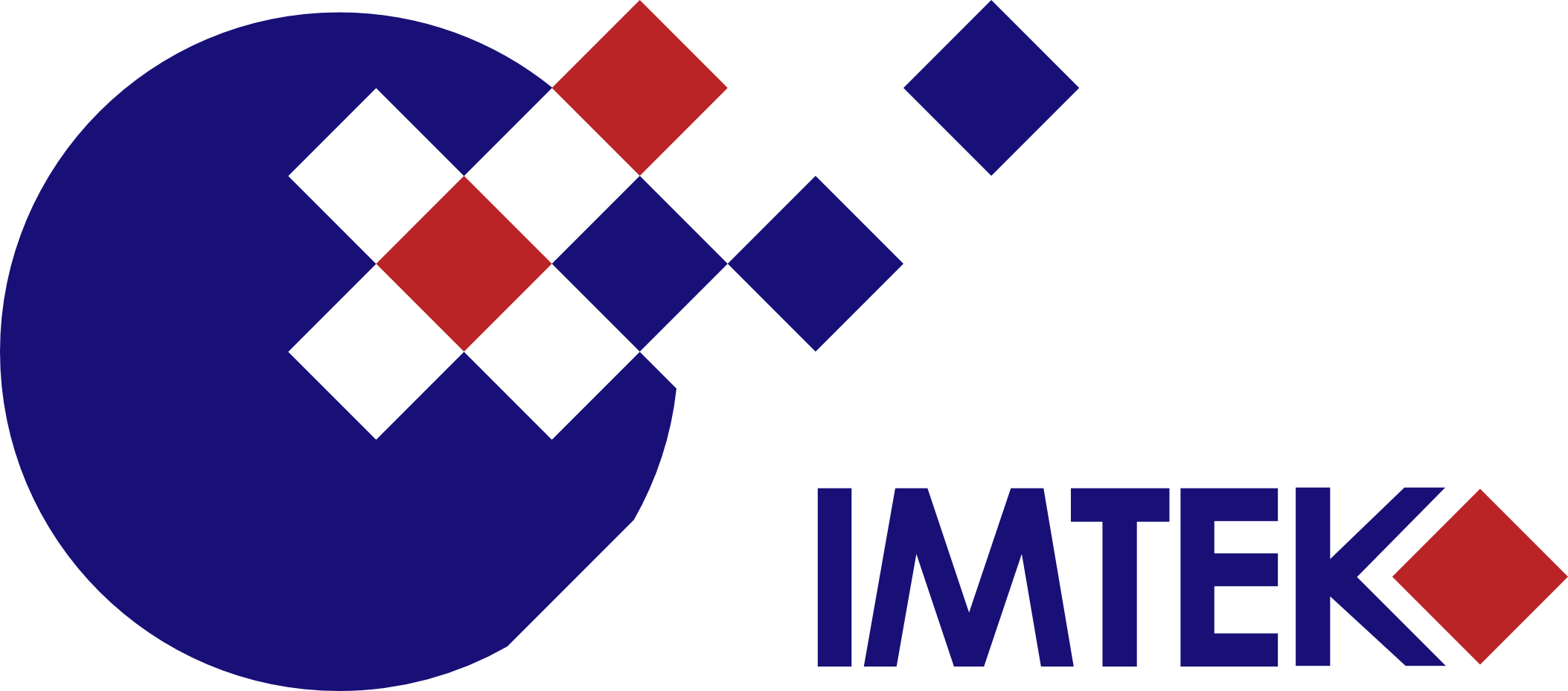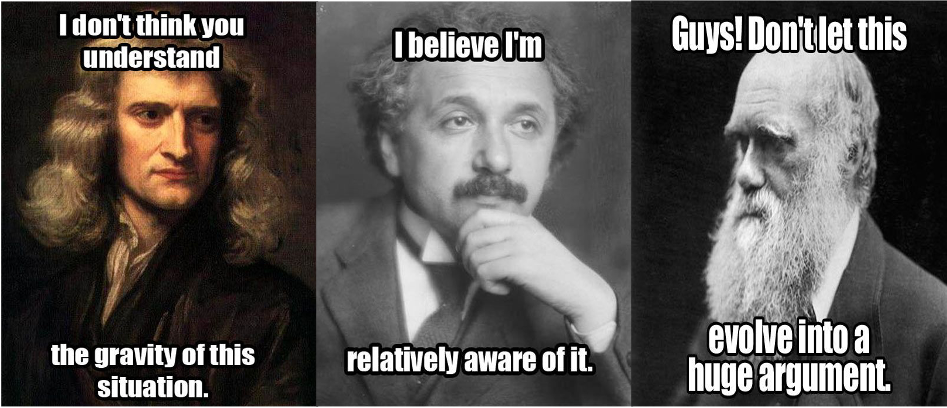
About Me
I am an engineer (Stanford PhD Bioengineering, MS Electrical Engineering) with a deep understanding of the challenges in medical diagnostics, alongside a strong foundation in high throughput processing and algorithm development. I’m intrigued by approaches in drug-discovery, multi-modal data pipelines, and model development. I’m seeking a computational role where I can drive advancements in diagnostics or therapeutics.
With the ability to navigate both the intricacies of protein sciences and the math behind computational systems, I love being at the intersection of these fields. Throughout my PhD, I developed scalable computational pipelines, optimized biological assays, and explored how rational algorithms can greatly improve even the simplest medical diagnostics. From developing molecular quantification assays to navigating 100GB single-molecule TIRF imaging data, my work blends experimental science with cutting-edge computational tools.
I'm motived about finding creative ways to solve problems—whether it’s designing algorithms that can optimize experimental data or baking the perfect buttery layers of puff pastry (which also requires a fair amount of optimization). I’m looking for opportunities where I can bring this cross-disciplinary expertise to projects that push the boundaries of what it means to bring medicine to people.
If you’re working on something exciting in the healthcare space, I’d love to connect and explore how we can collaborate!
For a traditional resume, please download the file below.





